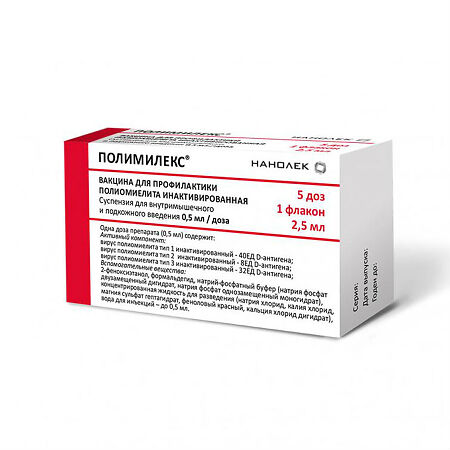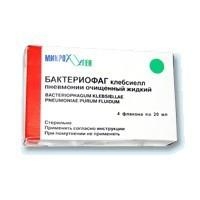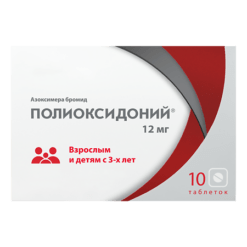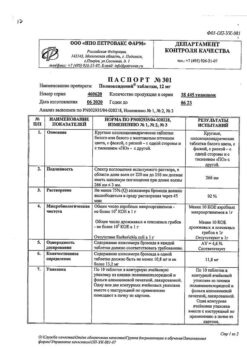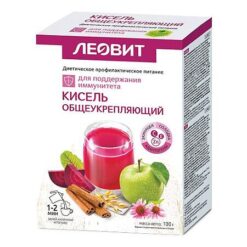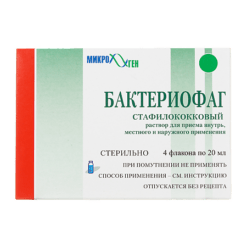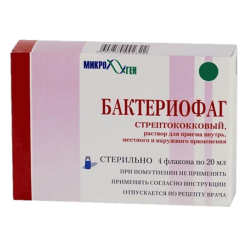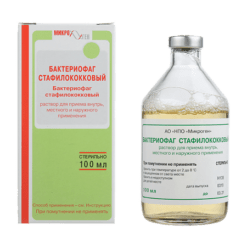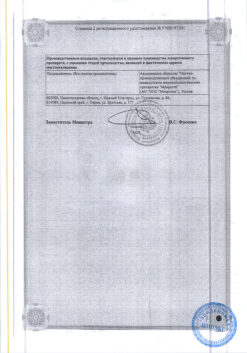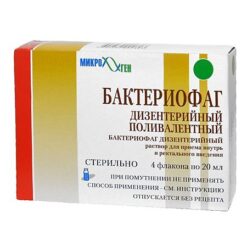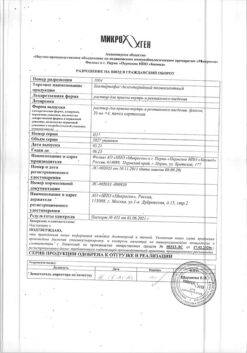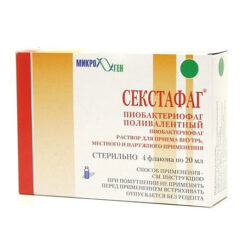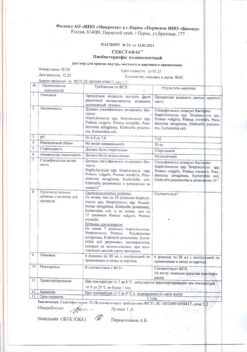No products in the cart.
Polymilex, suspension 0.5 ml/dose 2.5 ml
€1.00
Out of stock
(E-mail when Stock is available)
Description Pharmacotherapeutic group: MIBP-Vaccine Pharmacodynamics:
ATC:
J.07.B.F Vaccines for the prevention of polio
J.07.B.F.03 Polio Virus – Trivalent Inactivated
Pharmacodynamics: is a suspension of polio viruses types 1, 2 and 3, cultured on the VERO cell line, purified and then inactivated with formaldehyde.
Immunological properties
Polymilex® vaccine application in humans induces antibody formation and immunological memory. A second dose of the vaccine induces a secondary reaction characterized by a rapid increase in antibody levels, indicating the existence of immunological memory.
.
Indications
Indications
Active ingredient
Active ingredient
How to take, the dosage
How to take, the dosage
One dose is 0.5 ml of vaccine for both children and adults. The vaccine is given subcutaneously or intramuscularly.
In children under 2 years of age, the vaccine is given on the upper surface of the mid-thigh.
In children over 2 years of age, adolescents and adults the vaccine is given in the deltoid region.
Please make sure the needle does not hit a blood vessel before administering the vaccine.
The vaccine should not be used if its appearance has changed.
If a multi-dose bottle is used, immediately after opening it, write the date in the box on the label of the bottle. After each dose has been drawn, mark (x or V) on the vial in the Entered Doses box.
The use of inactivated vaccines (including POLIMILEKS®) and live vaccines for polio vaccination is regulated by the National Preventive Immunization Calendar.
The polio vaccine is administered with the polio vaccine (inactivated) to all children at 3 and 4.5 months of age.
The third vaccination and subsequent revaccinations against polio are given to children with polio vaccine (live).
Vaccinations and subsequent revaccinations of children with HIV infection, children born to mothers with HIV infection, children in orphanages are carried out with inactivated vaccines to prevent poliomyelitis (including POLIMILEX®) in accordance with the age and intervals between vaccinations and revaccinations specified in the National calendar of preventive vaccinations (vaccination 3 4.5; 6 months, revaccinations at 18; 20 months. and 14 years old).
When using live vaccine to prevent polio, the instructions for use should be followed.
Interaction
Interaction
The POLIMILEX® vaccine can be administered simultaneously with other vaccines of the National Preventive Vaccination Calendar in different parts of the body (except BCG and BCG-M vaccines).
The vaccine must not be mixed with other vaccines or medicines in the same syringe.
Special Instructions
Special Instructions
– Intravenous administration of POLIMILEKS® vaccine is strictly prohibited.
– Adolescents and adults can get faint after vaccination. It usually happens right after the vaccination, and may be accompanied by nausea and vomiting. If fainting has occurred after a previous vaccination, or if there are signs of fainting before or during the vaccination, the vaccination should be given in a sitting or lying position.
– Because of the possibility of immediate allergic reactions, vaccination sites should be provided with anti-shock therapy.
Persons infected with human immunodeficiency virus (HIV), symptomatic and asymptomatic, should be immunized with POLIMILEX® vaccine according to the National Preventive Immunization Calendar.
– It is possible that the expected immune response may not be obtained in patients with congenital or acquired immune disorders.
– The potential risk of apnea and the need to monitor breathing for 48-72 hours should be considered when administering the initial immunization in preterm infants born at 28 weeks or earlier, particularly those with a history of an immature respiratory system. Because the benefits of immunization in this group of children are high, vaccination should not be delayed or considered contraindicated.
The effect of POLIMILEKS® vaccine on ability to drive vehicles and engage in other potentially dangerous activities has not been studied.
Synopsis
Synopsis
Contraindications
Contraindications
– Severe reaction to previous administration of the POLYMILEX® vaccine.
– Known hypersensitivity to one or more components of POLIMILEX® vaccine.
– Illness with fever, acute infectious or acute chronic disease. Vaccination is carried out 2-4 weeks after recovery or during the period of recuperation or remission. In case of non-serious acute respiratory infections, acute intestinal diseases etc. vaccination shall be carried out immediately after normalization of the temperature;
– Strong reaction (temperature above 40 °С, swelling and hyperemia at the injection site over 8 cm in diameter) or complication of the previous injection of the drug.
Side effects
Side effects
According to the World Health Organization (WHO), adverse effects are classified according to their frequency of occurrence as follows: very common (â¥1/10), common (â¥1/100 and <1/10), not common (â¥1/1000 and <1/100), rare (â¥1/10 000 and <1/1 000), very rare (â¥1/10000, including individual cases). Frequency categories were formed based on clinical studies of the drug and post-registration surveillance.
Clinical study data
General disorders and reactions
Very common: restlessness, irritability, subfebrile fever.
Often: hyperemia and soreness at the injection site, infiltration at the injection site, malaise, crying, sleepiness, decreased appetite, skin rash, cough.
The safety performance of POLIMILEKS® vaccine in clinical studies varied among patients of different ages.
The above reactions, with the exception of injection site soreness, were only common in infants aged 3 to 6 months.
The reported reactions to administration of the POLIMILEKS® vaccine were mild, transient, and disappeared within 1 to 3 days.
In addition, because of the concomitant administration of other vaccines with POLIMILEX® vaccine a definitive causal relationship between the occurrence of adverse events and the administration of the vaccine cannot be established.
Post-registration surveillance data
The following are data from commercial use of the drug outside the Russian Federation.
Local and systemic reactions:
Rarely: swelling, redness, pain at the injection site, fever.
Nervous system disorders:
Very rarely: polyneuropathy.
Respiratory system disorders:
Apnea in premature infants (born at <28 weeks of gestation).
The observed reactions to vaccine administration were mild, transient, and disappeared within 1-3 days.
Pregnancy use
Pregnancy use
Vaccination data from a large number of pregnant women show no adverse effects of polio vaccine on pregnancy or fetal (newborn) health. However, polio vaccine should be used during pregnancy only if there is a clear risk of infection.
Polio vaccine can be used while breastfeeding.
Additional information
| Shelf life | 3 years. Do not use after the expiration date printed on the package. |
|---|---|
| Conditions of storage | In a light-protected place, at 2 to 8 ° C. Do not freeze. Store out of the reach of children. Preparation that has been subjected to freezing must be destroyed. |
| Manufacturer | Nanolek/Merk, Russia |
| Medication form | suspension |
| Brand | Nanolek/Merk |
Related products
Buy Polymilex, suspension 0.5 ml/dose 2.5 ml with delivery to USA, UK, Europe and over 120 other countries.

